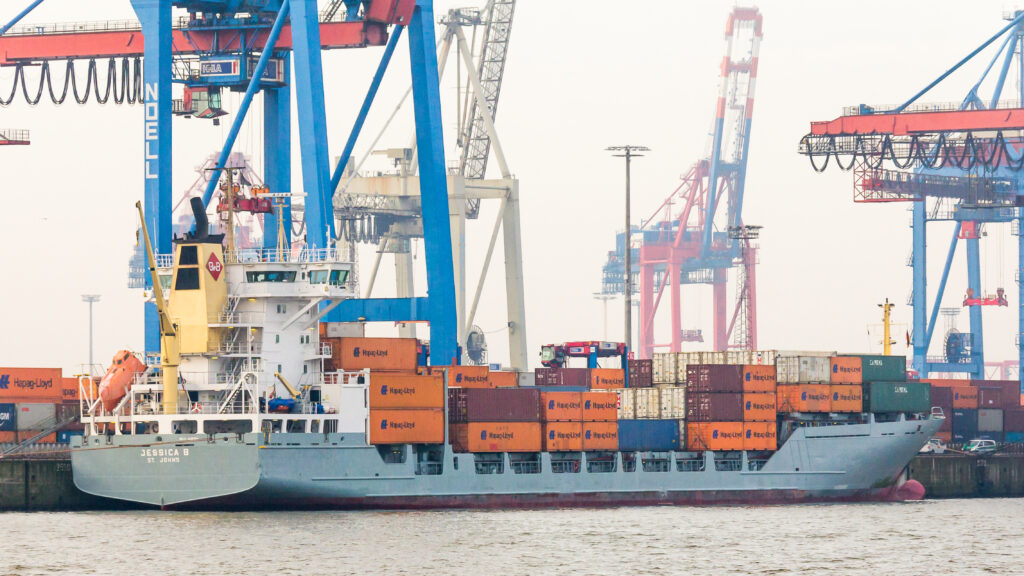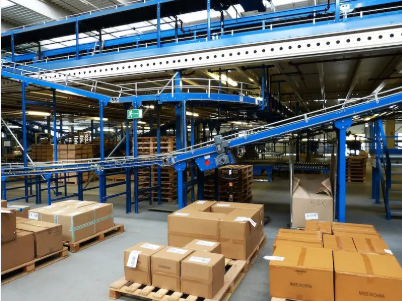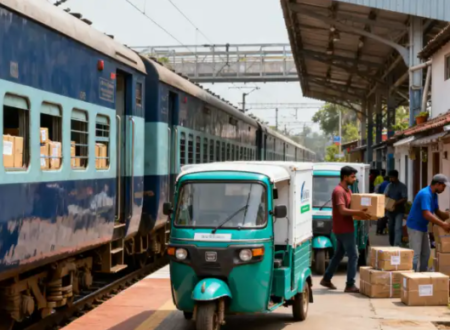Exporters must submit full information on non-tariff barriers to the DGFT within one week to populate the database.

According to a report released on November 25, the Commerce Ministry has started a comprehensive effort to compile a list of all non-tariff measures (NTMs) that Indian exporters face in foreign markets, both statutory and voluntary. The Directorate General of Foreign Trade (DGFT) is spearheading the initiative, which is a crucial step towards operationalising the recently authorised Export Promotion Mission.
The goal of the mapping is to create a centralised database of sector-specific regulations that affect Indian shipments overseas. The government aims to reduce compliance-related frictions, enhance export preparedness, and improve the general quality and dependability of outgoing products by combining information on technical and procedural requirements imposed by partner nations.
The DGFT has requested that exporters, trade associations, commodities boards, and Export Promotion Councils submit comprehensive data on NTMs within a week in order to fill the database. We are looking for feedback on certification standards, testing procedures, audits, inspection methods, and labelling regulations that are enforced by importing countries. Officials have warned that if stakeholders don’t reply, some NTMs would go unrecorded, which could limit the assistance that particular industries get from upcoming policy initiatives.
NTMs include a broad range of regulatory instruments that governments employ to safeguard consumer safety, environmental standards, and public health. These include non-technical measures like quotas, licensing systems, and procurement preferences, as well as technical requirements like pre-shipment testing, packaging and labelling regulations, and conformity assessments. Although such policies are legal in theory, they frequently turn into trade barriers when they are excessively restrictive or lack scientific support.
These difficulties are a common problem for Indian exporters. Product redesigns, packaging modifications, or mandatory laboratory tests may be necessary to comply with international standards, all of which increase expenses and complexity. For example, pesticide-residue testing is required for agricultural shipments going to the European Union, which can increase compliance costs and processing times. Port-level inspections and documentation checks frequently hold down cargo flow in other regions, such as parts of Africa, adding unpredictability to supply chains.
The government intends to lessen interruptions caused by disparate international standards and give exporters clear visibility into country-specific compliance requirements by methodically mapping these obstacles. Additionally, under the Export Promotion Mission, the database will direct the identification of industries in need of policy intervention or technical assistance.
SOURCE – MARITIME GATEWAY











